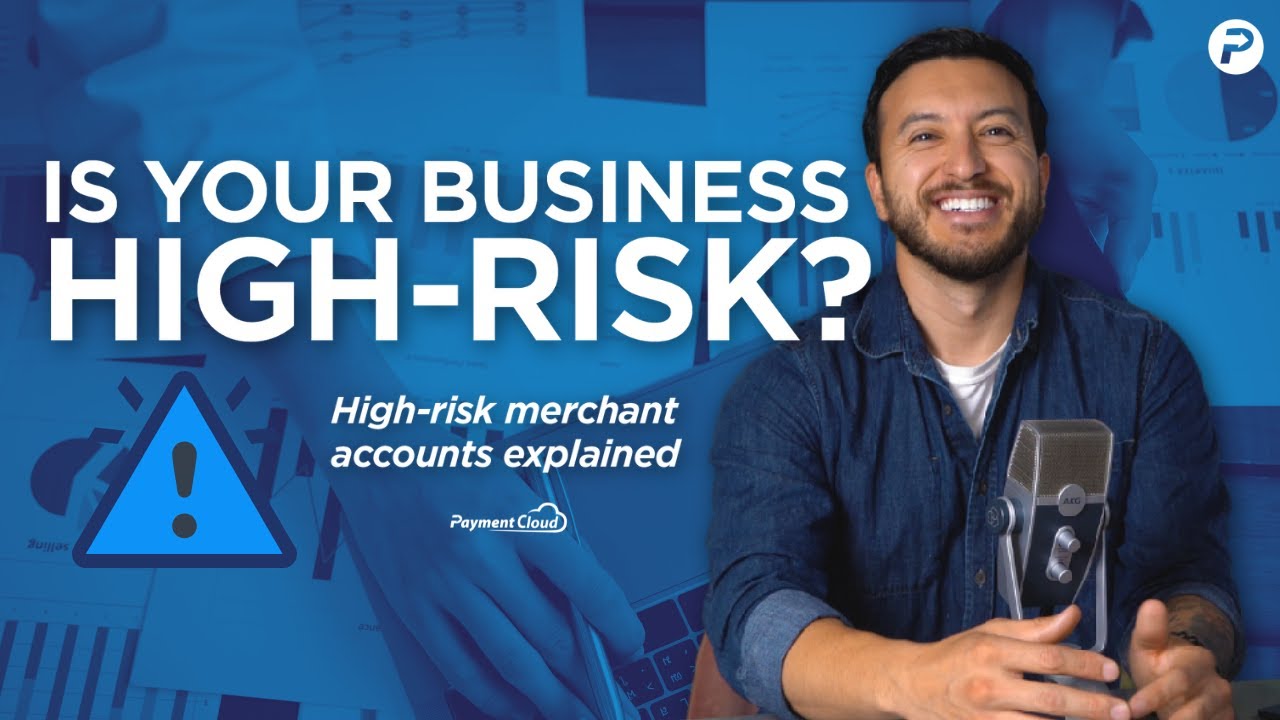What Is a High-Risk Merchant Account?
A high-risk merchant account is a specialized payment solution for businesses deemed too risky for traditional processors like Stripe or PayPal. Industries like CBD, online gambling, forex, and adult entertainment rely on these accounts to accept credit cards, avoid frozen funds, and process payouts reliably.
But why do banks reject them? High chargeback rates, regulatory gray areas, and financial exposure scare mainstream providers—leaving many legitimate businesses without payment options. In fact, over 30% of e-commerce brands are classified as high-risk.
If you’ve been denied processing before, here’s what you need to know—and why a high-risk merchant account could be your only lifeline.
How High-Risk Merchant Accounts Work
Key Differences from Regular Merchant Accounts
- Higher Fees: Transactions typically cost 3–6% (vs. 1.5–3% for low-risk).
- Stricter Underwriting: Providers scrutinize chargeback history, industry risks, and revenue stability.
- Reserve Requirements: Some processors hold 5–10% of revenue as a rolling security buffer.

The Role of High-Risk Payment Processors
These specialized providers act as intermediaries between your business and acquiring banks. Since traditional institutions (like Chase or Wells Fargo) often refuse high-risk clients, processors like RiskPay partner with offshore or alternative banks to facilitate transactions.
Example:
A CBD store applies to Stripe but gets denied. Instead, they use RiskPay, which connects them to a high-risk-friendly acquiring bank—allowing them to accept credit cards with instant USDC payouts.
This system ensures businesses in gray-area industries can still process payments, just with adjusted terms to mitigate risk.
Why Are Some Businesses Labeled High-Risk?
Being classified as “high-risk” isn’t about your business being illegitimate—it’s about how banks and payment processors assess financial and legal exposure. If your industry has higher chargeback rates, regulatory complexities, or elevated fraud potential, traditional payment gateways will either reject you or impose restrictive terms.
Common High-Risk Industries
Businesses in these sectors almost always require specialized merchant accounts:
- CBD & vaping – Despite growing legality, many banks still consider it high-risk due to shifting regulations.
- Online gambling & casinos – High chargeback rates and strict regional laws trigger fraud alerts.
- Forex & crypto trading – Volatility and scam concerns make processors wary.
- Travel & subscription services – Frequent cancellations lead to disputes and refund demands.
- Adult entertainment – Banks often restrict it due to reputational and chargeback risks.
Despite their challenges, these industries are increasingly seen as hubs for payment innovation. A recent PYMNTS report highlights how fintechs are leveraging RegTech and smart onboarding to unlock growth in these overlooked markets.
Key Risk Factors
| Factor | Why It’s Risky |
|---|---|
| High chargeback rates | Banks fear excessive refund requests, which can lead to financial losses. |
| Legal gray areas | Industries with unclear regulations (e.g., CBD, crypto) face sudden policy changes. |
| High-ticket sales | Larger transactions mean higher liability if fraud or disputes occur. |
If your business falls into any of these categories, a high-risk merchant account is the only reliable way to accept payments without sudden shutdowns.
Why You Need a High-Risk Merchant Account
If your business operates in a restricted industry, relying on traditional payment processors is risky—one day you’re processing payments, the next your account could be frozen without warning. A high-risk merchant account isn’t just an alternative; it’s a necessity for sustainable growth. Here’s why:
1. Avoid Sudden Account Freezes & Shutdowns
Traditional processors like Stripe and PayPal routinely freeze funds or terminate accounts in high-risk sectors—sometimes with no warning. A specialized high-risk account ensures stable, uninterrupted processing without arbitrary restrictions.
2. Accept Global Payments Without Limits
Many mainstream gateways block entire industries or regions. High-risk providers like RiskPay enable you to:
- Process international credit cards
- Accept alternative payments (crypto, bank transfers)
- Scale without sudden payment barriers
3. Reduce Chargeback Risks & Disputes
Chargebacks cripple high-risk businesses. With solutions like USDC stablecoin payouts (link to your guide), you can:
- Eliminate fraudulent chargebacks (transactions are blockchain-final)
- Lower dispute rates with immutable payment records
4. Get Faster, More Reliable Payouts
Waiting 7–14 days for bank transfers? High-risk accounts offer:
- Instant USDC settlements (Polygon network)
- No holds or delayed withdrawals (unlike traditional processors)
Why risk frozen funds or missed sales? Get approved instantly with RiskPay and start processing payments securely—no sudden shutdowns, no excuses.
How to Get Approved for a High-Risk Merchant Account
Getting approved for a high-risk merchant account doesn’t have to be complicated—if you know the right steps. Unlike traditional processors, specialized providers focus on your business model rather than outright rejection. Here’s how to secure yours quickly.
4 Steps to Approval
- Choose a Specialized Provider
- Avoid mainstream processors (PayPal, Stripe) that auto-reject high-risk businesses.
- Opt for experts like RiskPay, designed for CBD, gambling, crypto, and other restricted industries.
- Prepare Documentation
- Business license & incorporation papers
- 3–6 months of bank statements or processing history
- Website/product compliance details (e.g., terms of service, refund policy)
- Underwriting Review
- Providers assess your industry risk, chargeback history, and revenue stability.
- Pro Tip: RiskPay offers no-KYC approval for qualifying businesses, speeding up the process.
- Integration
- Connect via:
- API (custom platforms)
- WooCommerce plugin (one-click setup)
- Payment links (no website needed)
- Connect via:
Tips to Improve Approval Odds
- Keep chargebacks <1% – High dispute rates trigger instant rejections.
- Show consistent revenue – Even modest, predictable sales help.
- Use no-KYC options – RiskPay’s anonymous processing bypasses lengthy verifications.
Best High-Risk Merchant Account Providers (2025)
Not all high-risk processors are equal. Here’s how top options compare:
| Provider | Best For | Approval Time | Key Features |
|---|---|---|---|
| RiskPay | CBD, Crypto, Gambling | Instant | No-KYC, USDC payouts, WooCommerce plugin |
| Durango | Offshore businesses | 3–5 days | High fees, strict reserves |
| PaySpacelv | European merchants | 2–7 days | Slower payouts, limited crypto support |
Why RiskPay Leads in 2025:
- No-KYC approvals – Start processing anonymously.
- USDC payouts – Instant settlements via Polygon.
- WooCommerce plugin – Seamless integration for e-commerce.
Skip the hassle— apply for a high-risk merchant account in minutes with RiskPay and enjoy instant approvals, no hidden fees, and reliable payouts.









